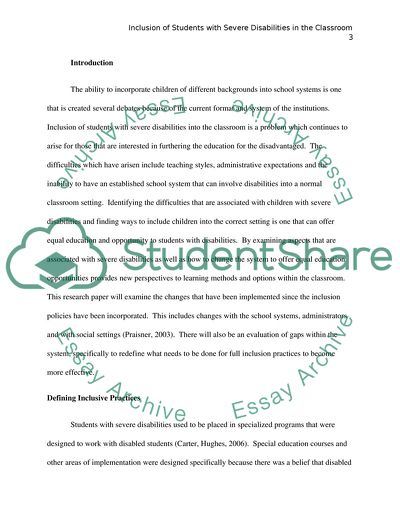Cite this document
(Inclusion of Students with Severe Disabilities Into the Classroom Research Paper, n.d.)
Inclusion of Students with Severe Disabilities Into the Classroom Research Paper. Retrieved from https://studentshare.org/education/1743696-inclsion-for-students-with-severe-disabilites
Inclusion of Students with Severe Disabilities Into the Classroom Research Paper. Retrieved from https://studentshare.org/education/1743696-inclsion-for-students-with-severe-disabilites
(Inclusion of Students With Severe Disabilities Into the Classroom Research Paper)
Inclusion of Students With Severe Disabilities Into the Classroom Research Paper. https://studentshare.org/education/1743696-inclsion-for-students-with-severe-disabilites.
Inclusion of Students With Severe Disabilities Into the Classroom Research Paper. https://studentshare.org/education/1743696-inclsion-for-students-with-severe-disabilites.
“Inclusion of Students With Severe Disabilities Into the Classroom Research Paper”, n.d. https://studentshare.org/education/1743696-inclsion-for-students-with-severe-disabilites.


